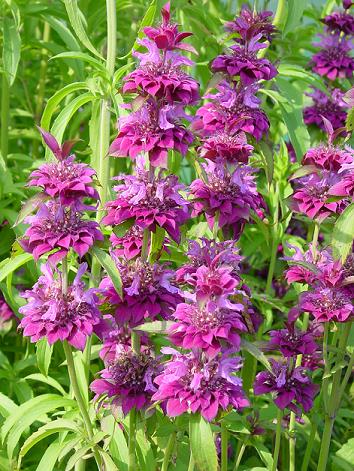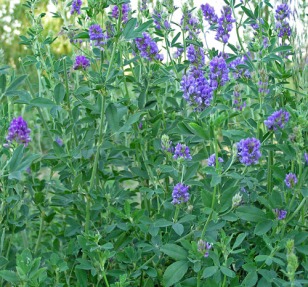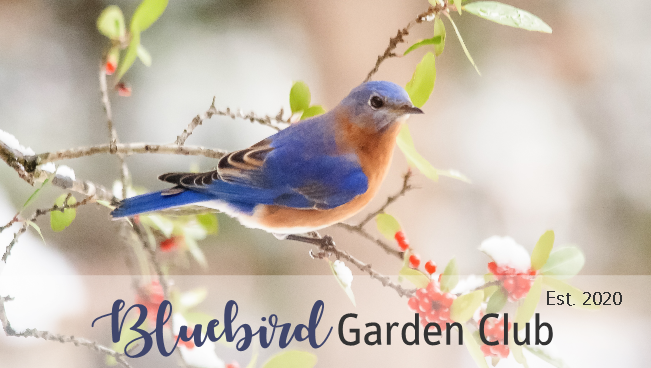
 29. Pollinator Garden
29. Pollinator Garden
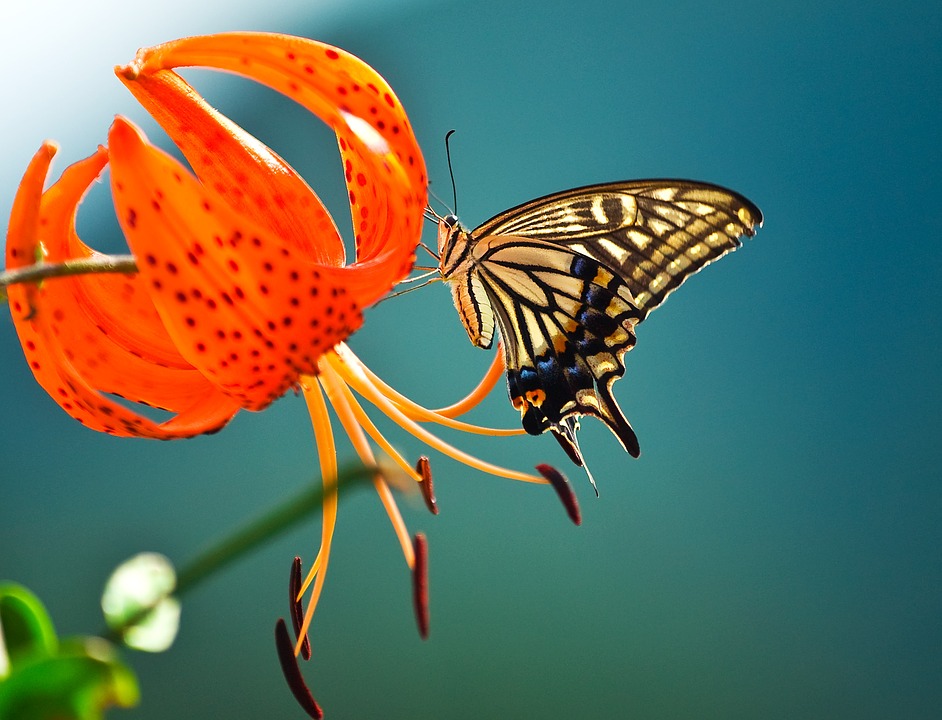
- flower nectar and/or pollen, aromatic herbs (coriander, catnip, mint, parsley, lavender), annuals (marigold, phlox, bachelor’s button, zinnia, cosmos, salvia), and perennials (bee balm, Shasta daisy, iris, coneflower, lobelia, delphinium).
- Nectar plants for Hummingbirds, Butterflies, and Bees: Aster, Azalea, Butterfly bush, Butterfly weed and other milkweeds, Cardinal flower, Clover and other legumes, Columbine, Fuchsia, Honeysuckle, Jewel weed, Lupine, Penstemon, Phlox, Salvia, Trumpet creeper or vine, Weigela, Zinnia

Pollinator Resource Links
Register your pollinator garden for the Million Pollinator Garden Challenge.

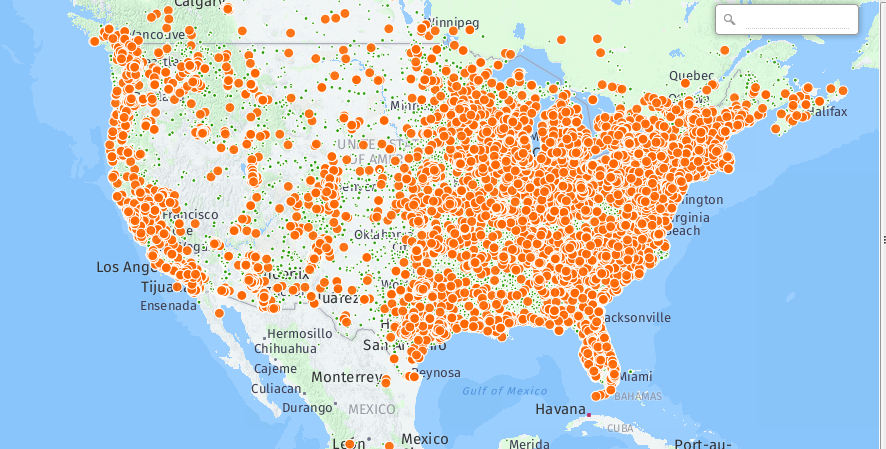
Pollinators Gardens Should
- use plants that provide nectar and pollen sources
- provide a water source,
- be situated in sunny areas with wind breaks
- create large “pollinator targets” of native or non-invasive plants
- establish continuous bloom throughout the growing season
- eliminate or minimize the impact of pesticides.

Pollinator Friendly Flowers

30 Georgia Native Perennials for Pollinators
Guide to Propagation & Characteristics of Favorite Georgia Natives – UGA
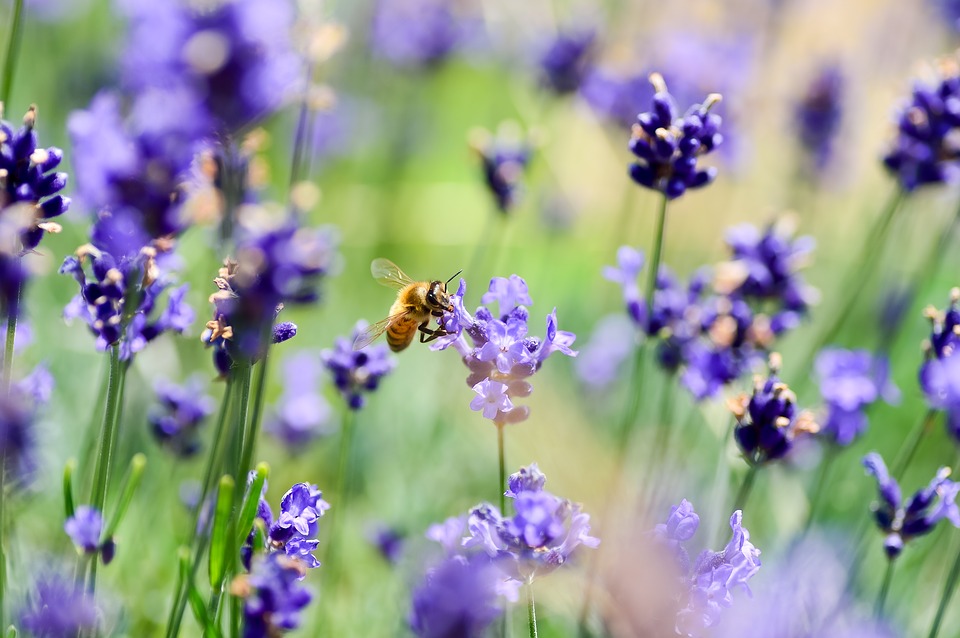
Flowers for a Honeybee Habitat
Use no harmful chemical pesticides.
- Clover is highly attractive to bees, which visit it avidly for nectar and pollen.
- Alfalfa produces a large amount of nectar, which is highly attractive to many species of bees, and from which honey bees produce excellent crops of high quality honey.
- Calendula is attractive to bees.
- Purple Tansy produces an abundant quantity of nectar which bees find hard to resist, this is an excellent flower for planting alongside vegetable gardens to attract bees.
- Bee Balm, bees simply love this plant!
